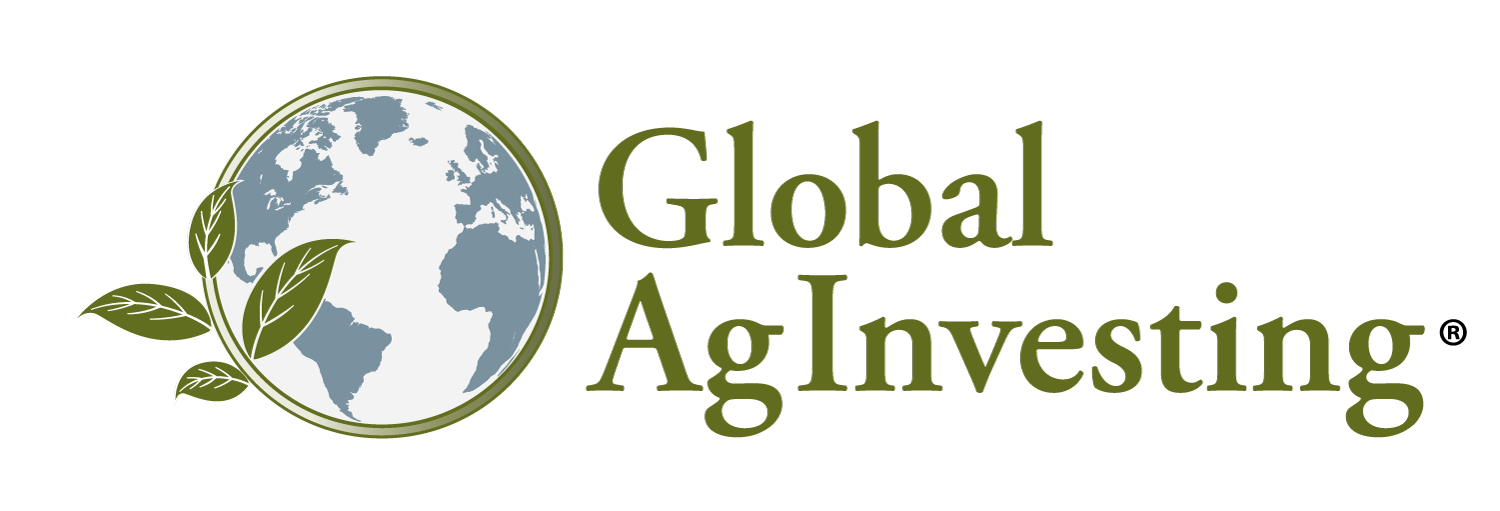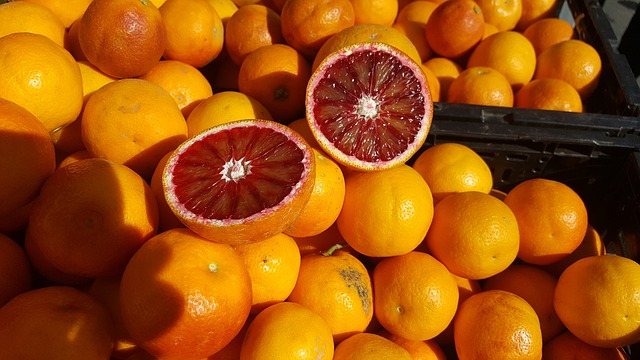November 1, 2018
Redbelly Citrus in New South Wales, Australia, is placing the country’s largest blood orange citrus orchard on the market with expectations of A$3.5 million.
Owned by the Mancini family, the 40-hectare operation is divided between two farms consisting of 24,600 trees planted on 24 hectares. There are an additional 6.7 hectares suitable for further planting.
Third-generation citrus grower Vito Mancini and his cousins, Anthony and Vito, founded the business in 2005, looking for a niche crop to grow so as not to be in direct competition with the country’s top citrus producers.
Redbelly’s first harvest in 2010 came in at 50 tons, however, over the ensuing years, the company has seen output grow to 700 tons of fruit per year, which is destined for both the domestic and overseas markets.
“Redbelly fruit is generally oversubscribed, with the majority exported to US and Asian markets,” Col Medway, a director with CBRE Agribusiness who has been engaged as a marketing agent for the property, told AFR. “On average, premium grade harvests achieve more than $3,000 per tonne. [sic]”
Included in the offering are not only the land and orchards, but the Redbelly Citrus brand, and 175 megaliters of highly secure water entitlements.
“The brand boats a proven track record of achieving market premiums and solid export market awareness,” said Medway.
Sunny Citrus
Citrus represents the largest fresh fruit export category for Australia, where typically, one third of the country’s output is sold domestically, one third is exported, and one third is juiced.
Challenges faced by Brazil’s citrus growers including production difficulties and diseases have created an opportunity for growth for Australia’s growers, according to Chris Holgar, director at CBRE Agribusiness, and co-marketing agent for Redbelly with Medway.
Together with rising demand from Asian markets, Australia saw its citrus export volumes jump by 17 percent to 273,000 tons in 2017, and saw its exports earnings break a new record, skyrocketing 41 percent year-on-year to $462 million.
Data compiled by Citrus Australia determined that China was the largest buyer of Australian oranges and mandarins, with exports to the market increasing by a remarkable 73 percent to a record 72,427 tons in 2017. These volumes reflect massive growth of five times what they were only four years before, at 14.536 tons in 2013.
“The reputation of Australian fruit is well and truly getting out there…there’s no doubt our fruit tastes the best, is the sweetest and has the best colour of anywhere in the world,” David Daniels, market access manager for Citrus Australia, told the Sydney Morning Herald in March of this year. “The markets can’t get enough of our fruit, we just simply don’t have enough.”
Not All Sunny
Despite these successes for the industry, there are some in Australia’s $750 million sector that are facing particularly difficult conditions this year. In June, Fresh Plaza reported that some of the country’s top producers in the Northern Territory and Western Australia are calling upon the government for the destruction of all citrus trees in restricted and controlled areas affected by an outbreak of Asiatic citrus canker – a contagious bacterial disease.
Affecting oranges, grapefruit, lemons, limes, citron, and mandarins, this canker results in low vigor, and lesions on not only the fruit, but its leaves and stems. Over the past century, Australia has seen seven outbreaks of this particular disease, with an outbreak in 2004 in Queensland ending with all citrus trees within a 50-kilometer radius having to be destroyed as a precautionary measure.
-Lynda Kiernan

Let GAI News inform your engagement in the agriculture sector.
GAI News provides crucial and timely news and insight to help you stay ahead of critical agricultural trends through free delivery of two weekly newsletters, Ag Investing Weekly and AgTech Intel.




